Protecting Against Advanced Threats
Artificial Intelligence (AI) has brought about significant advancements in various fields, revolutionizing our way of life. However, in the realm of cybersecurity, AI is not just a tool for hackers; it is also a powerful weapon in defending and protecting against advanced threats. As cybercriminals become increasingly sophisticated, traditional security measures are proving inadequate. It is in this context that AI is emerging as the knight in shining armor.
Cyber threats have evolved into a full-fledged industry, with attackers exploiting vulnerabilities in computer systems, networks, and software to wreak havoc on organizations and individuals alike. These sophisticated cybercriminals are not your typical hackers; they are well-funded, organized, and relentless in their pursuit of sensitive information. To counter these advanced threats, cybersecurity experts have turned to AI to level the playing field.
One of the key advantages of AI in cybersecurity is its ability to detect anomalies and patterns far better than traditional methods. Traditional security systems often rely on predefined rules and signatures to identify malware or suspicious activities. However, advanced threats are designed to bypass these rule-based systems, making them ineffective. AI, on the other hand, utilizes machine learning algorithms to analyze vast amounts of data and identify subtle anomalies that may be overlooked by human analysts. It can detect patterns and learn from them, thereby enhancing its ability to identify and respond to new threats.
AI is also particularly effective in combating so-called zero-day attacks, which exploit previously unknown vulnerabilities. Unlike known vulnerabilities that can be patched, zero-day attacks can catch organizations off guard, leading to catastrophic consequences. With AI, organizations can proactively identify and mitigate zero-day attacks by building models that learn from historical data and by analyzing network behavior, identifying unusual patterns that may indicate a new threat.
Another area where AI shines in cybersecurity is in the analysis and response to large volumes of security events. Security operation centers (SOCs) are inundated with alerts and events on a daily basis, making it nearly impossible for human analysts to process them all effectively. AI solutions excel at analyzing vast amounts of data quickly, greatly reducing the workload on human analysts. AI algorithms can prioritize and categorize events, sorting out false positives and providing meaningful insights to human analysts, enabling them to make more informed decisions in a shorter amount of time.
AI-powered systems are also equipped with the ability to adapt and learn from new threats. Instead of relying solely on human analysts to update security systems and rules, AI can autonomously adapt and evolve as new threats emerge. By continuously monitoring and learning from data, AI systems can keep pace with the constantly evolving threat landscape, even without human intervention. This adaptability is a crucial element in building robust defenses against advanced threats.
However, as with any powerful tool, there are also concerns surrounding the use of AI in cybersecurity. One significant concern is the potential abuse of AI for malicious purposes. Just as AI can be used to defend against threats, it can also be used by hackers to launch sophisticated attacks. This creates a constant cat and mouse game between defenders and attackers, with each side trying to outsmart the other using AI. The ethical and regulatory challenges surrounding AI in cybersecurity must be carefully navigated to ensure its responsible and secure use.
Conclusion:
AI represents a powerful ally in the ongoing battle against advanced cyber threats. By harnessing the capabilities of AI, organizations can bolster their defenses and improve their ability to withstand increasingly sophisticated attacks. AI’s ability to detect anomalies, combat zero-day attacks, analyze large volumes of data, and adapt to new threats make it an invaluable tool in protecting against advanced threats in the digital age. However, it is essential to tread carefully and address the potential risks associated with its use to ensure its responsible and secure implementation.






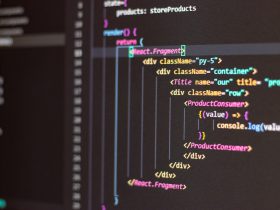
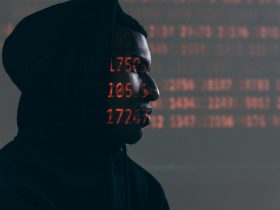


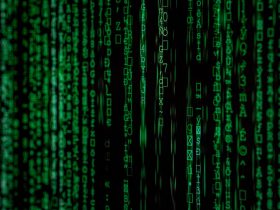
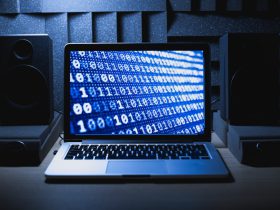





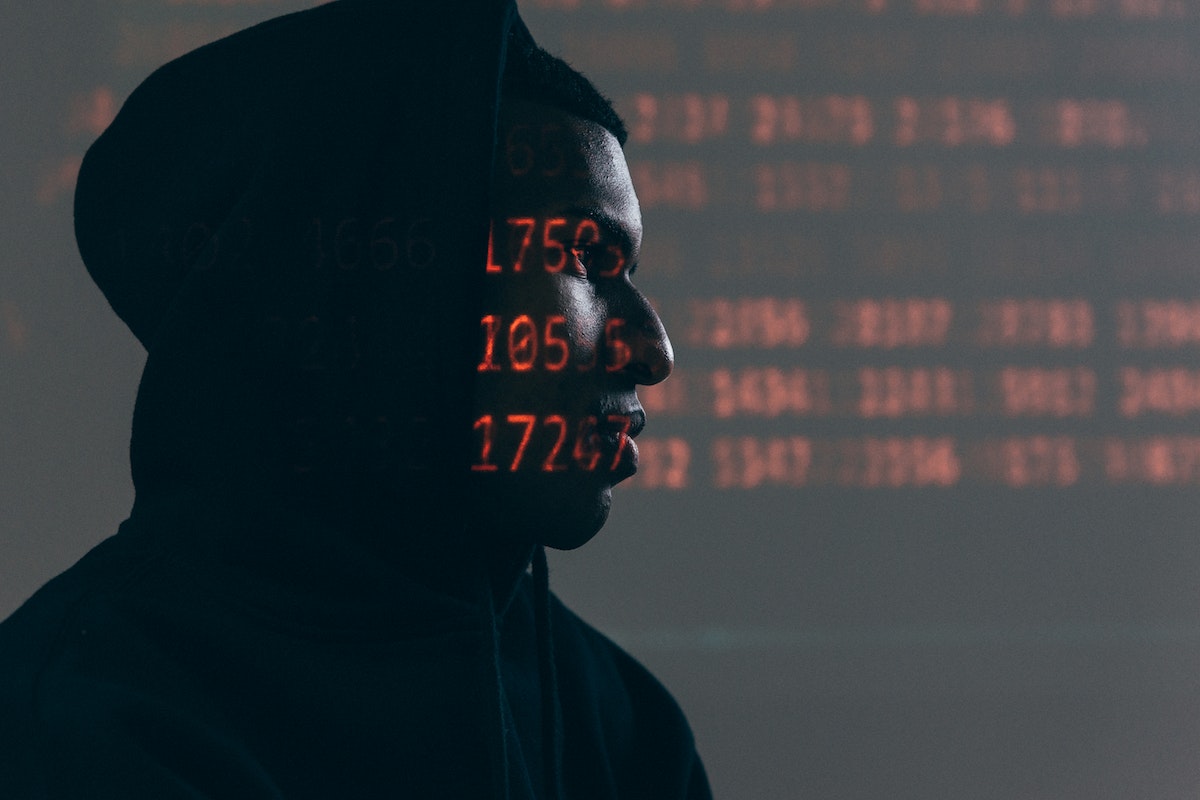
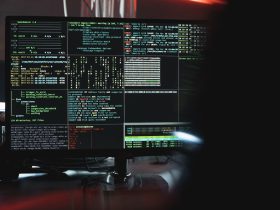
Leave a Reply